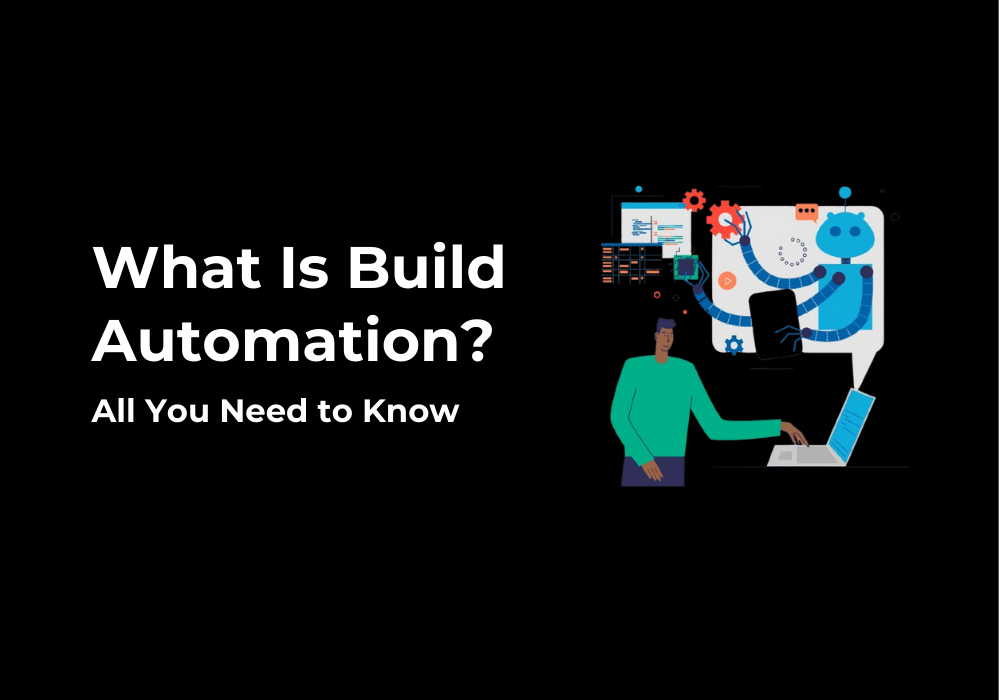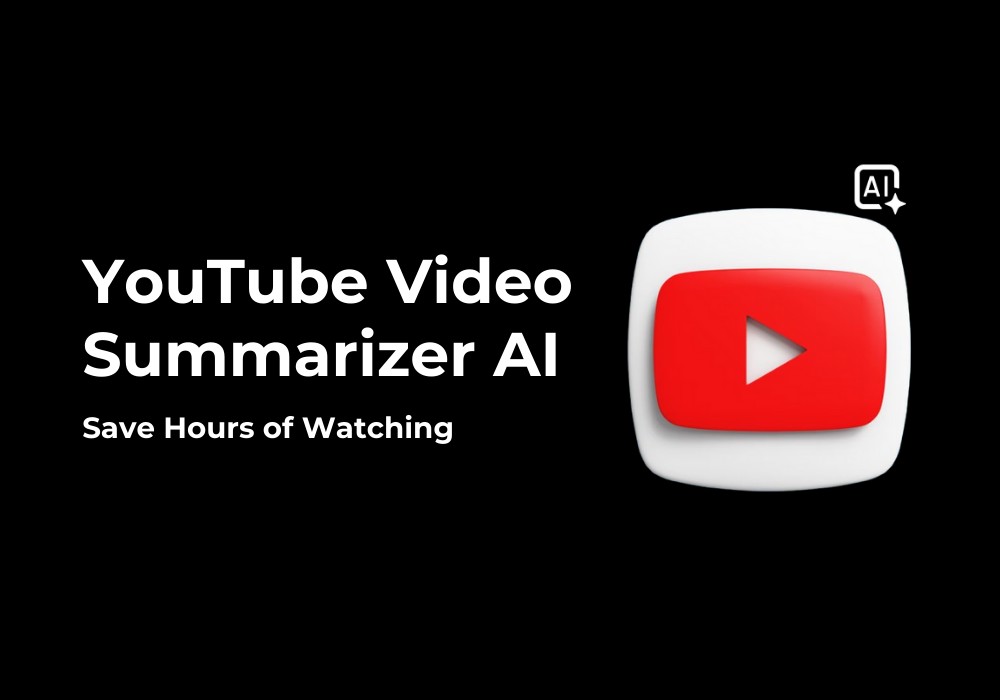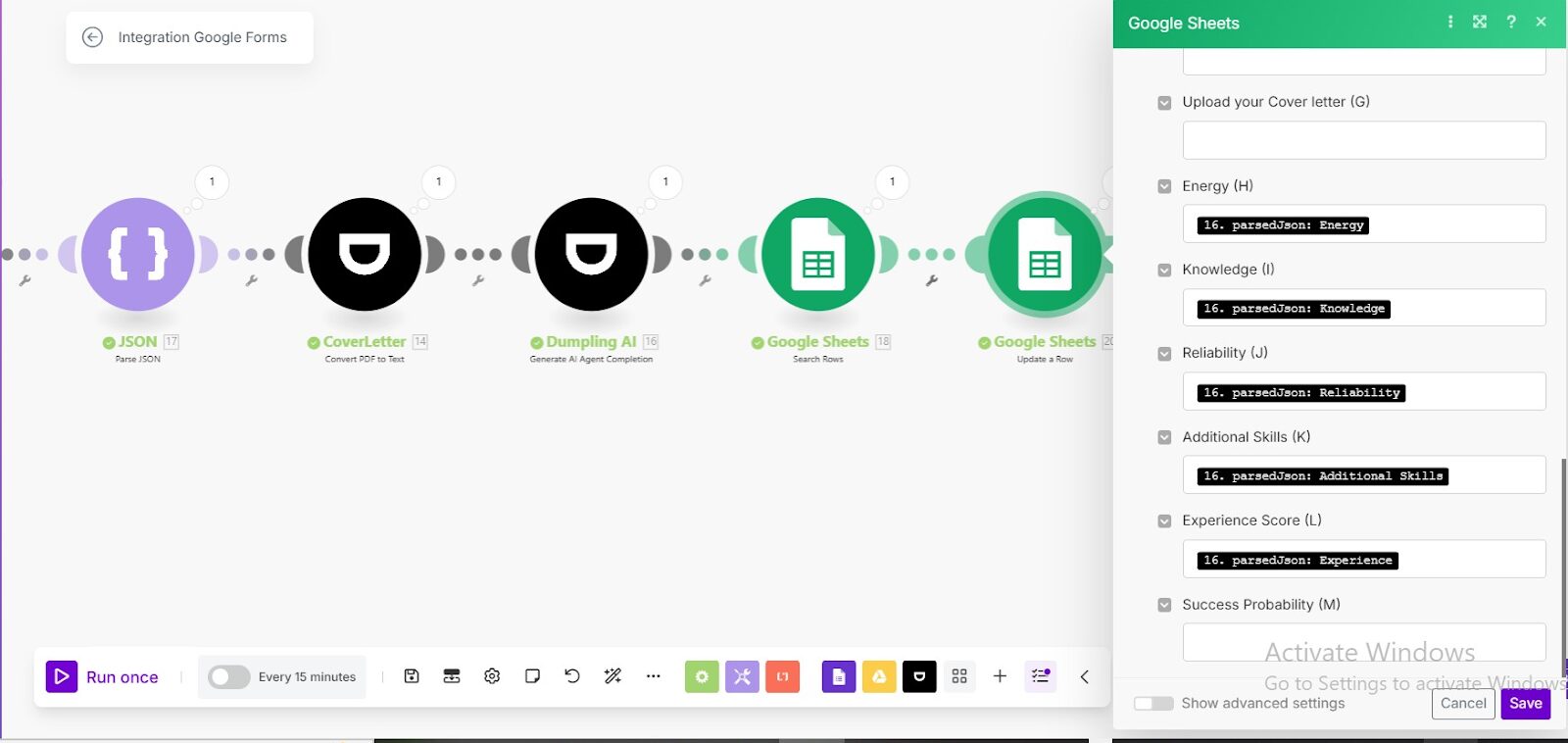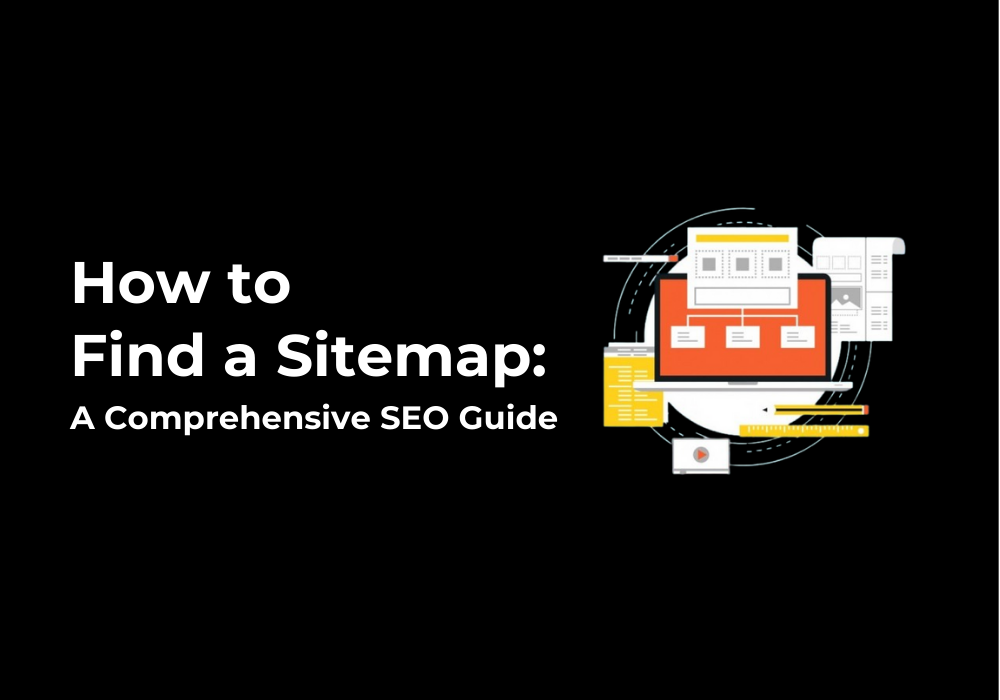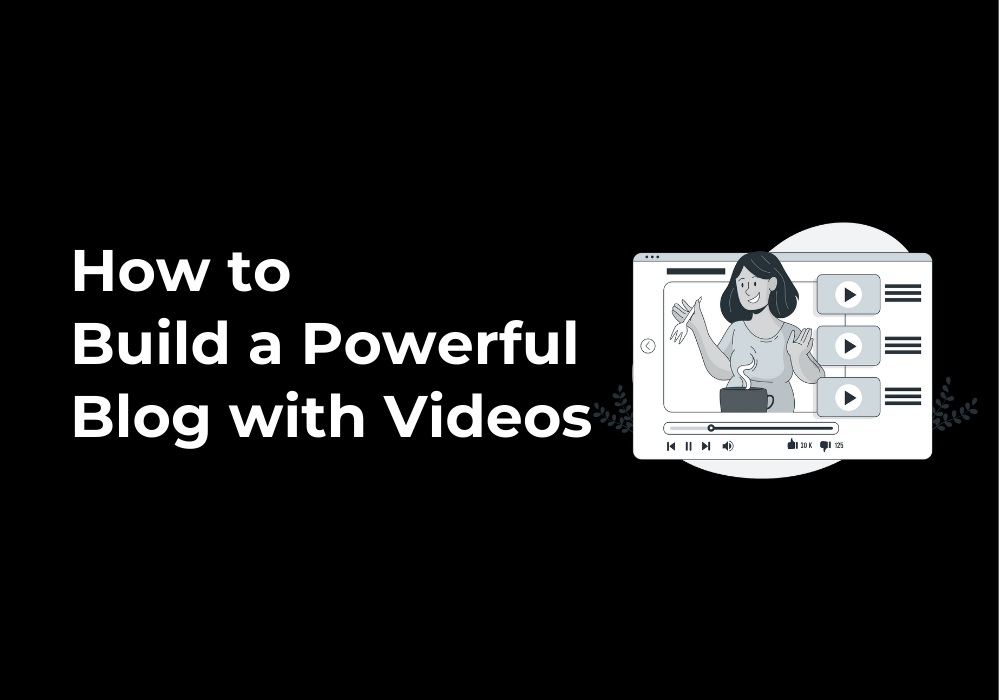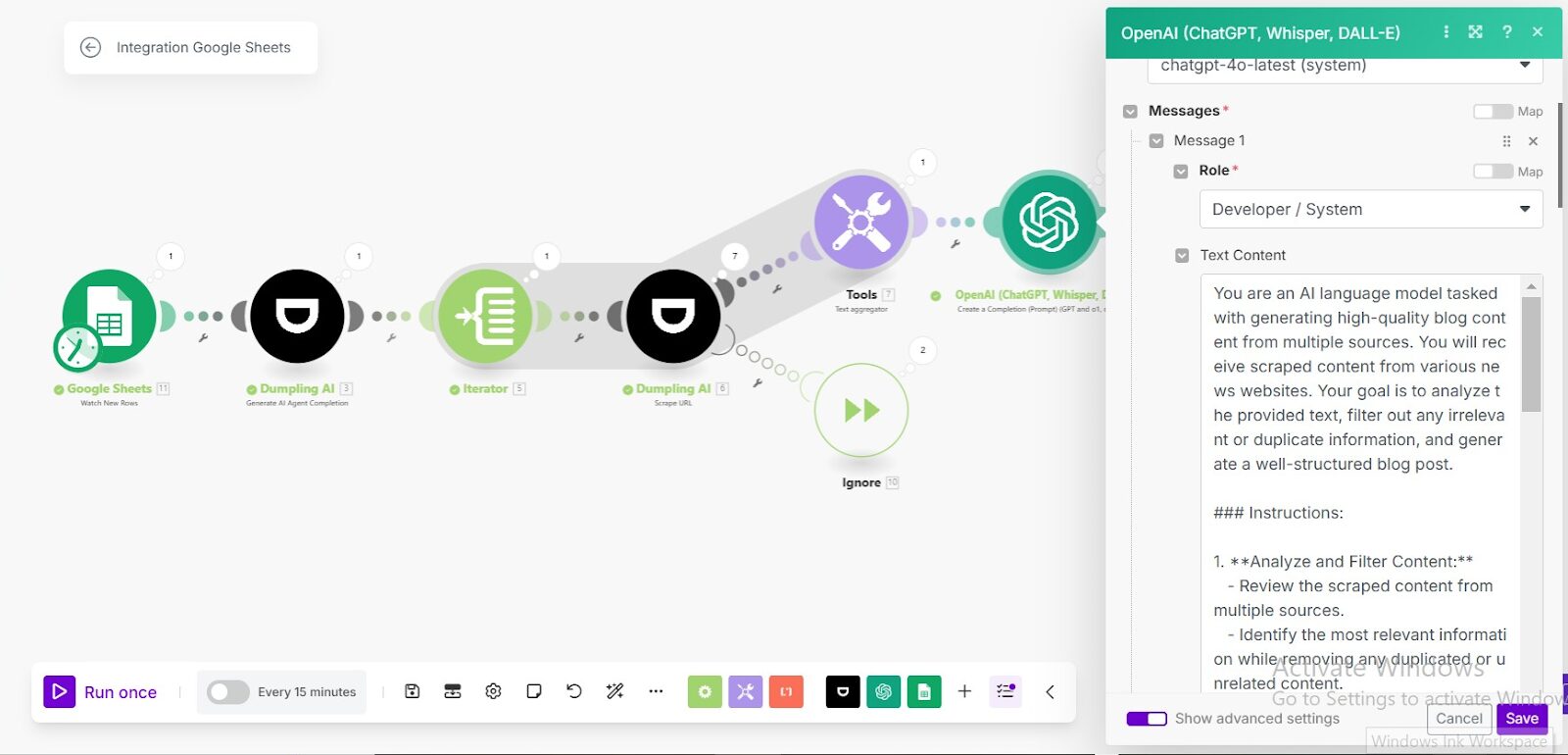February 17, 2025
10 Best Marketing Automation Examples That Will Skyrocket Results
Marketing automation must be effectively leveraged in our digitally oriented market. Nothing will put you behind in our speedy world more than repetitive tasks that require manual effort. Hence, examples of marketing automation are needed to help cope with the competitive atmosphere.
Marketing automation will help your scheduling on social media, emails, and other activities done regularly. With it, businesses can increase their productivity, enhance their brand image, and keep customers engaged.
This guide will provide more details on marketing automation.
What Is Marketing Automation?
Simply put, marketing automation involves carrying out certain marketing processes through the right technology and software. Some tasks require consistent effort, and performing them manually will result in lower outcomes.
Automation tools handle these repetitive tasks. They will manage your social media, work on leads, carry out email campaigns, and even follow up on customers. They help save time and contribute towards business growth.
Some tools require knowledge of codes, but not everyone is a programming guru. Thus, beginners can embrace no-code automation tools, many of which Dumpling.Ai offers.
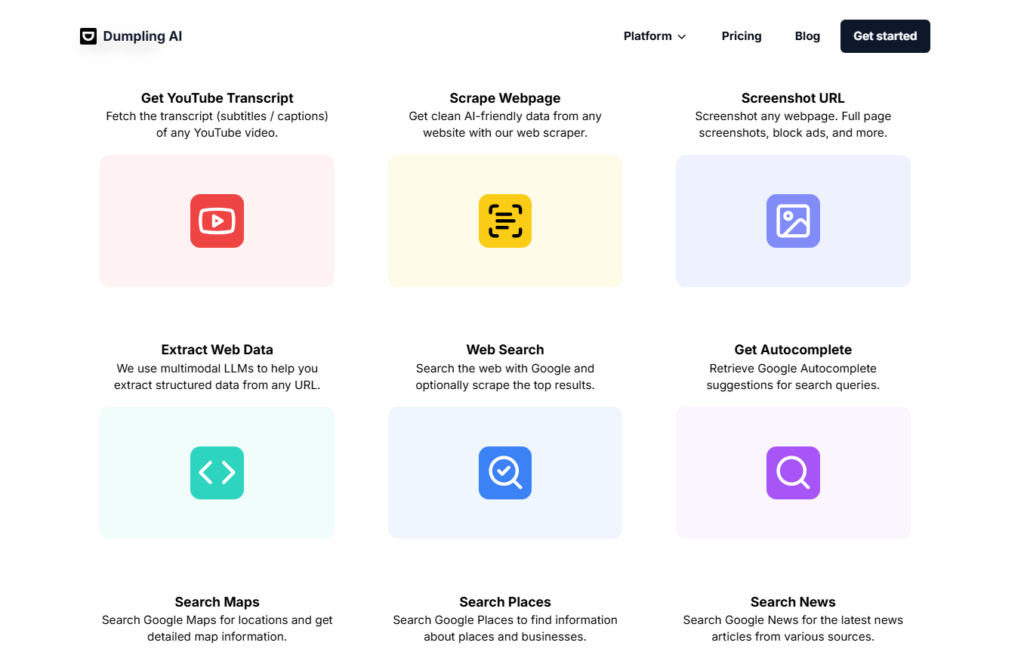
Why Is Marketing Automation Important?
Marketing automation is important for many reasons, including:
- It enhances customer experience through personalized messages and prompt responses.
- It contributes to higher sales by nurturing leads.
- It gives the business insights for growth through analytics.
- Customers engage more with automated tools because the latter analyzes customer behavior before sending a message.
10 Best Marketing Automation Examples That Will Skyrocket Your Results
So, we understand what marketing automation is and how it is important to businesses. Let’s get to the main dish and check out real examples:
1. Welcome Email Series (Airbnb)
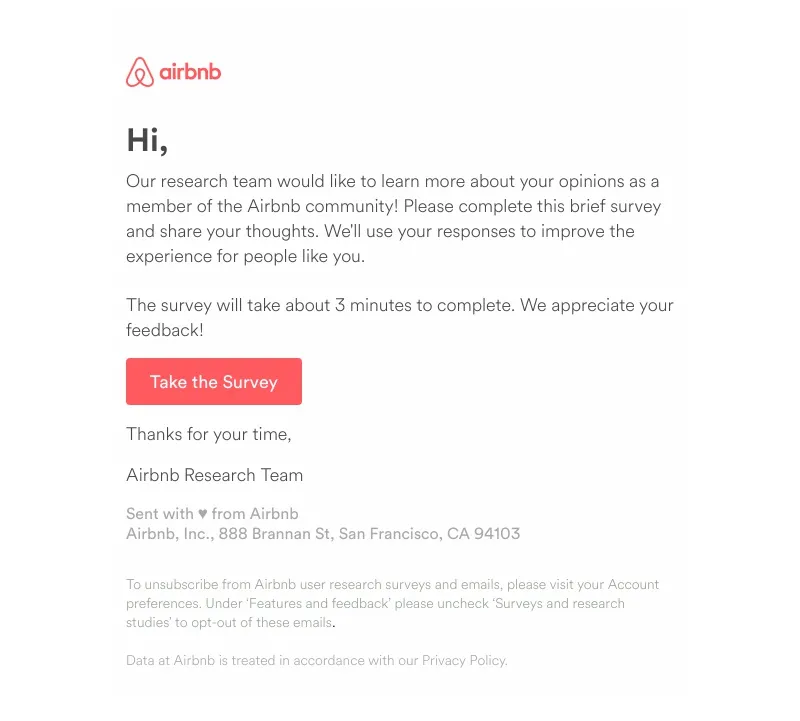
A welcome email series is the equivalent of a welcome mat for new subscribers to a particular service or product. It makes them feel comfortable and has the potential to retain customers.
An example is Airbnb. Their email series starts with a personalized greeting to warm the atmosphere. Then, it offers a tutorial and closes with recommendations to capture the customer’s interest.
Email series increase the connection between the business and its customers.
2. Abandoned Cart Recovery (Amazon)
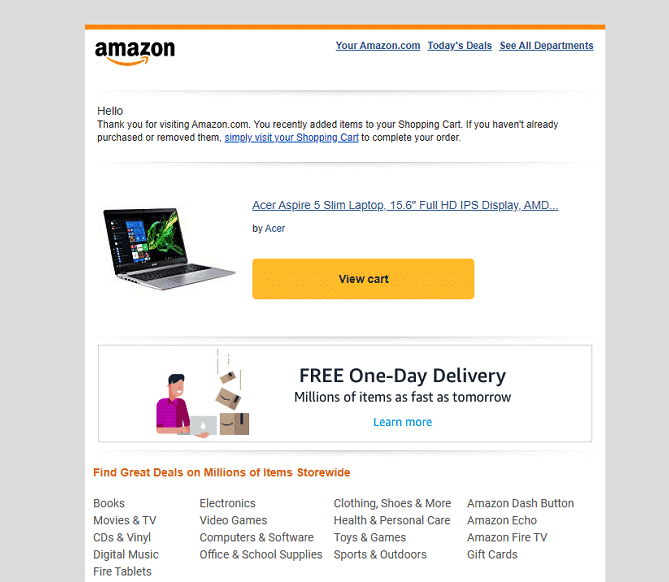
Many customers are guilty of leaving products in their carts and never buying them. You might be, too. Hence, an abandoned cart recovery tool is needed. It should send reminders to these buyers and persuade them to complete their purchases.
One way it achieves its goal is with a compelling CTA. The sense of urgency can drive customers to get the product off the cart and let it become a purchased good. In this sense, it drives conversions.
3. Personalized Product Recommendations (Netflix & Spotify)
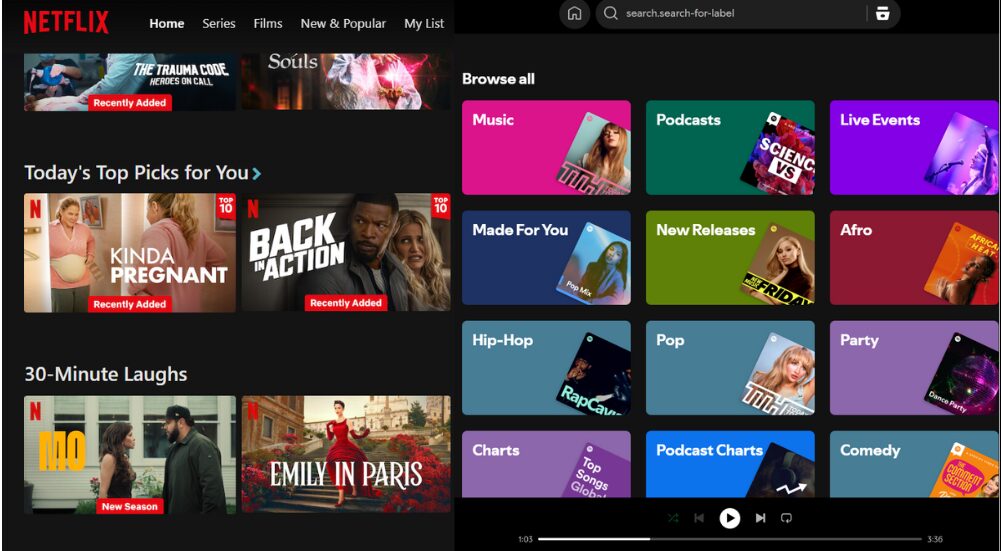
We’ve already established that personalized messages can be used to engage customers. Streaming services like Netflix and Spotify suggest personalized content for their services. Personalization plays a huge role in drawing in customers and keeping them engaged.
These streaming services start by analyzing user preferences to provide these recommendations. It often results in better customer satisfaction.
4. Birthday & Anniversary Emails (Starbucks)
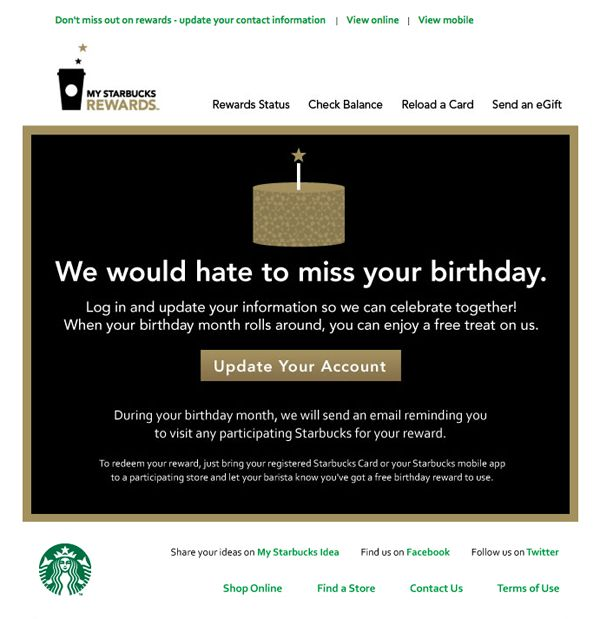
Have you ever received a birthday message from a brand? If so, you might relate to the valuable feeling it brings. Not only does the brand engage customers, but they also retain them. Beyond these benefits, birthday emails communicate value.
Starbucks is known for its birthday and anniversary emails, especially for its loyal members. Customers who feel valued are more likely to patronize the brand, leading to increased sales.
5. Loyalty & Reward Programs (Sephora)
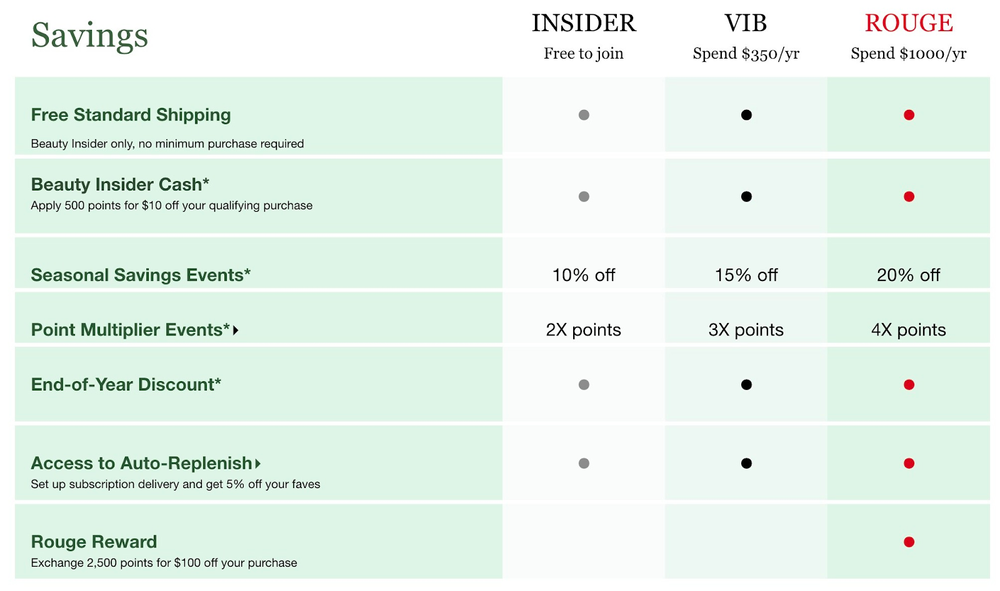
Another way to foster customer engagement and bring more customers is through reward programs. The latter can be automated to make the work easier while still achieving the intended goal. Reward programs include exclusive perks, discounts, and points.
Sephora maximizes this marketing automation example. Their beauty insider program offers automated points on purchases, which can be converted to rewards. With these incentives, customers buy more.
6. Social Media Scheduling & Engagement (Nike)
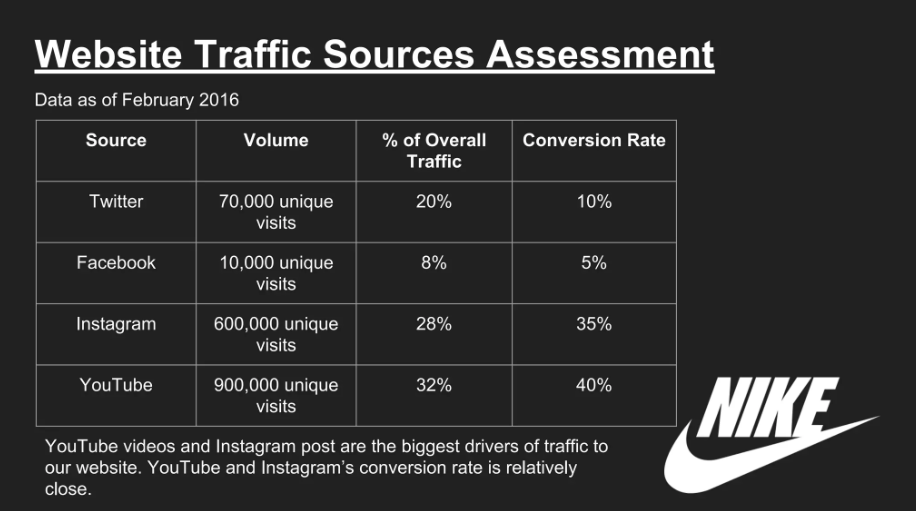
Proper social media management is important for brands that wish to maintain an online presence. However, manually managing social media takes time and resources. Marketing automation comes to the rescue once more. The tools work on post schedules and drive social media traffic by engaging with customers.
Nike uses automation tools for its social media engagement, and as a result, it gains better audience consistency and a stronger social media presence. Nike targets peak engagement times for their content and uses chatbots for customer support.
7. Lead Nurturing & Follow-Up Emails (HubSpot)
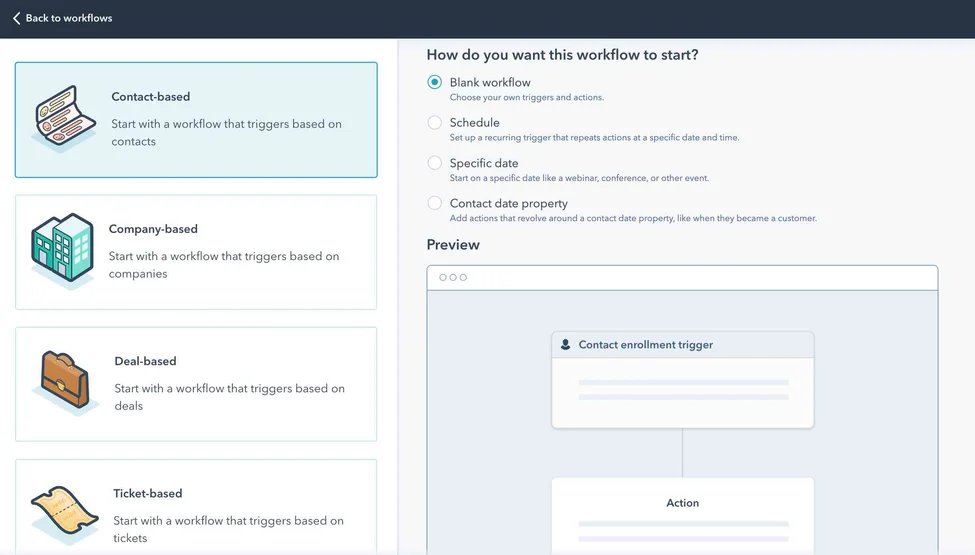
Lead conversion is important for every business with an online presence, but not all conversions are instant. Hence, lead nurturing is needed, which involves slowly convincing and educating leads until they convert to sales.
With automated email sequences, brands can engage and educate their leads, thereby providing enough incentive for conversion. Hubspot does this using a five-email sequence. First, they offer information. Then, they pitch sales. Lead nurturing engages potential customers and increases conversion rates.
8. Back-in-Stock & Price Drop Alerts (Best Buy)

This marketing strategy involves notifying customers of discounts, restocking products, and pointing to new ones that customers may want. When a customer indicates interest in an item, brands can automate responses.
This is what Best Buy does. When a customer wants a particular item, they send a notification when the product is available or offers a special discount.
9. Customer Feedback & Review Requests (Amazon & Uber)
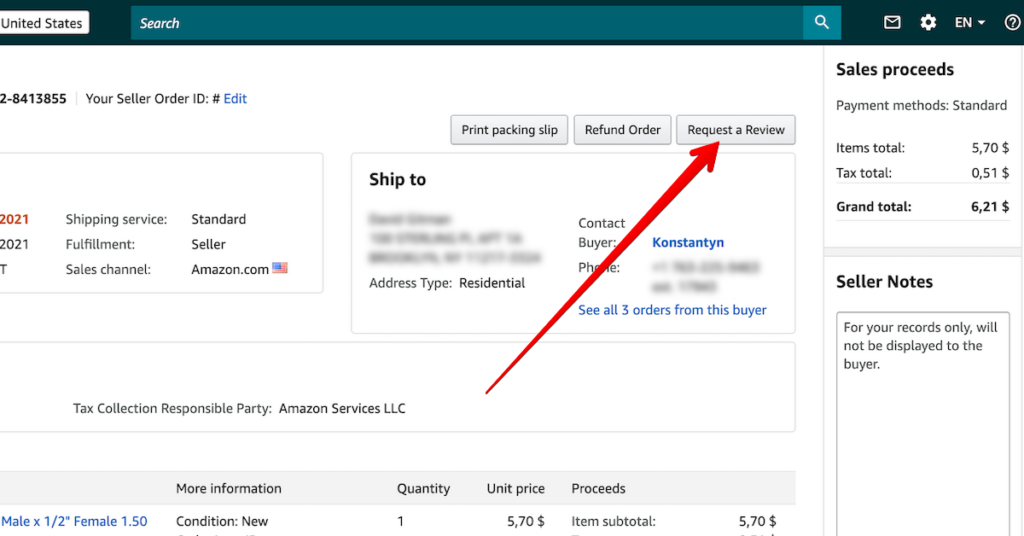
Brands that are customer-oriented thrive on feedback. However, the process of collecting this feedback can be mechanical and daunting. With automated requests, it becomes easier to get testimonials and feedback.
Uber is a brand that relies heavily on feedback, and they automatically ask for it. As a result, customers trust that their needs are heard, and the brand gets quick responses. Amazon uses the same technique.
10. Re-Engagement & Win-Back Campaigns (Grammarly & Duolingo)
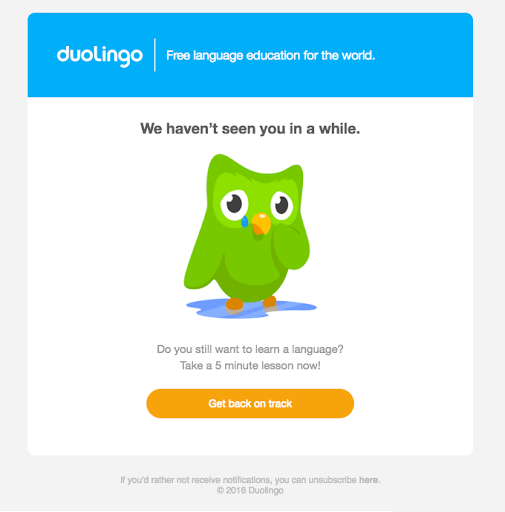
Some customers struggle with consistency, mainly because of their schedules. So, it’s common for them to become inactive. However, it is not always the end of the story. Re-engagement and win-back campaigns are some examples of marketing automation that customers use.
Duolingo is an expert at these campaigns. Inactive learners get automated emails geared towards reviving their schedules. Grammarly also sends “We miss you!” messages to inactive users. Done well, these campaigns promote customer retention.
Top Marketing Automation Strategies and Use Cases
We’ve examined the ten real-life marketing automation examples you can use for your brand. To supplement the above section, here are some strategies and use cases:
1. Welcome Email Marketing
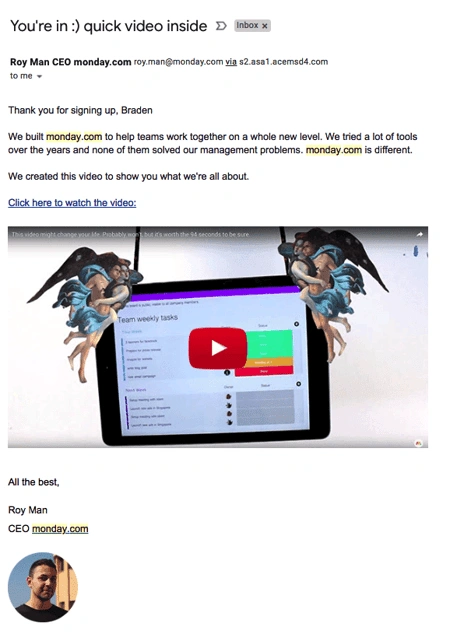
Welcome emails are important for new and returning customers, making them comfortable from the onset. The key elements include:
- Personalized greeting
- Brief introduction to your brand’s mission
- Helpful links to blog posts, guides, or video tutorials
- Optional discount or special offer
For example, a clothing brand can offer a welcome email with a 10% discount for first-time buyers, encouraging them to make a purchase.
2. Email Newsletters
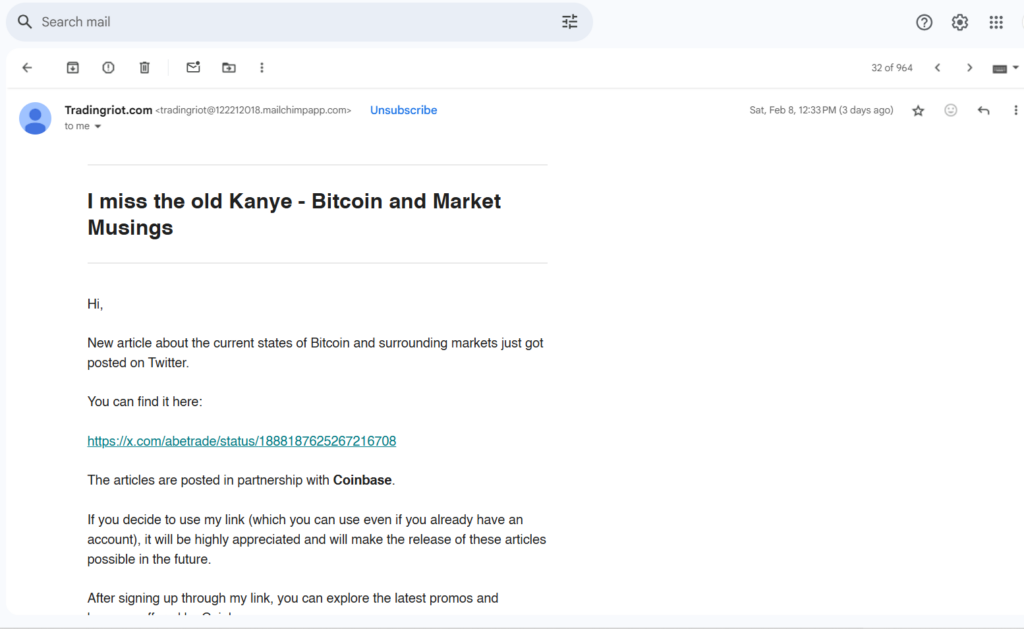
Email newsletters are good tools for lead nurturing. They help potential customers learn more about the products through content, promotions, and updates. Newsletters also retain regular customers. The common types include:
- Company Newsletters – Keep employees and stakeholders updated.
- Consumer Newsletters – Share blog content, discounts, and product updates.
For example, an ecommerce store can use automated email segmentation to send different newsletters to frequent buyers, first-time customers, and inactive subscribers.
3. Birthday Marketing Campaigns
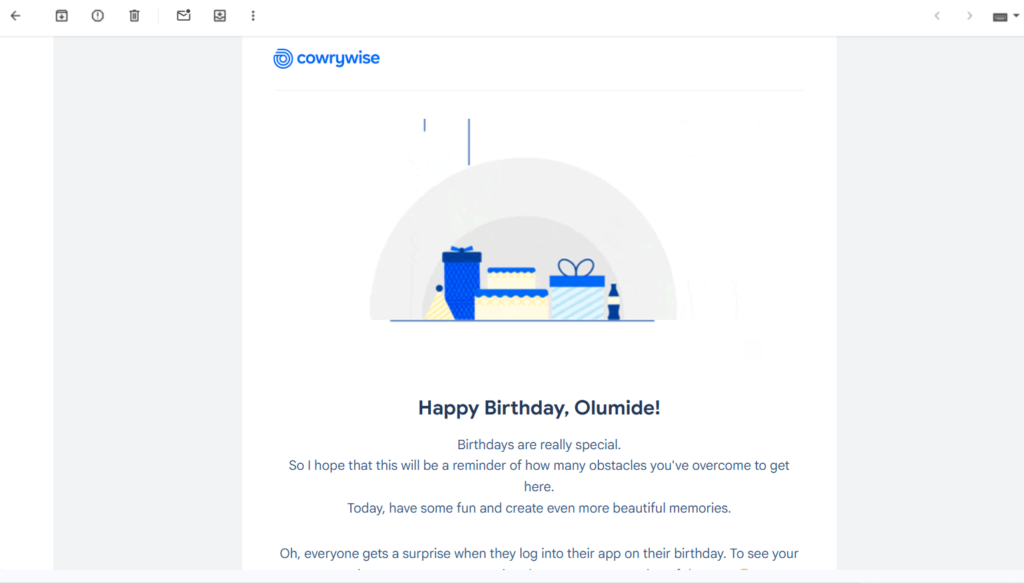
Birthdays remain the best time to make someone feel special. Brands can use birthday email campaigns to send:
- Exclusive discounts or freebies
- Personalized messages
- Special product recommendations
Let’s consider the example of an online fashion brand that sends customers a customized 20% discount coupon on their birthdays. This increases engagement and retention.
4. Abandoned Cart and Stock Reminder Emails
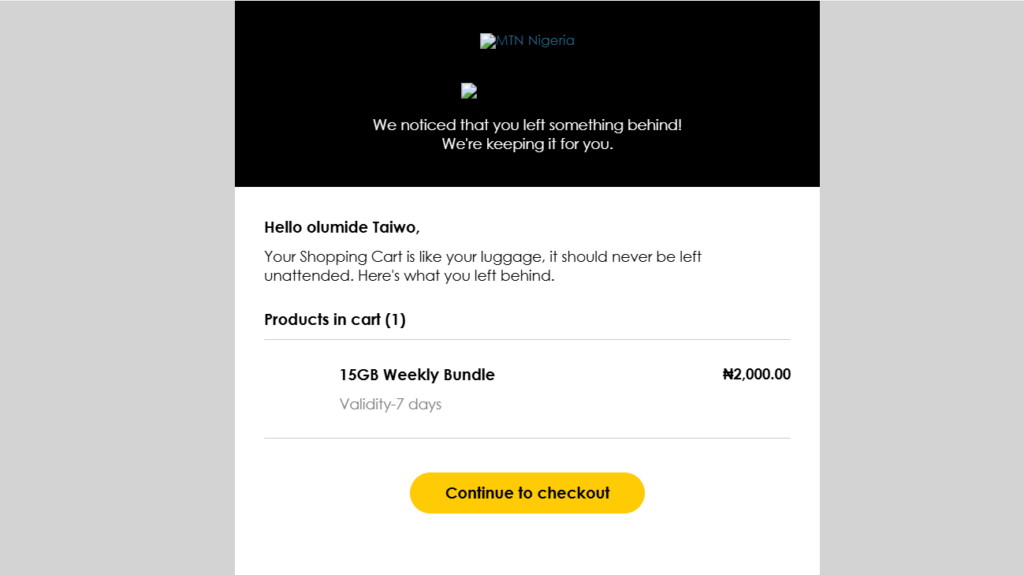
On the issue of cart abandonment, ecommerce stores can overcome the struggle with marketing automation. It recovers lost sales by reminding customers of the products placed in the cart.
Here are some ways the email could be worded:
- 1st email: “Hey, you forgot something! Complete your purchase now and get 10% off.”
- 2nd email (if no response): “Limited stock alert! Your favorite item is almost gone.”
- 3rd email (final nudge): “Last chance! Your cart will expire soon.”
For example, a home appliance store can use AI-powered automation to send stock reminder emails when an item a customer placed in a cart has been there for a long time.
5. Customer Reward & Ambassador Programs
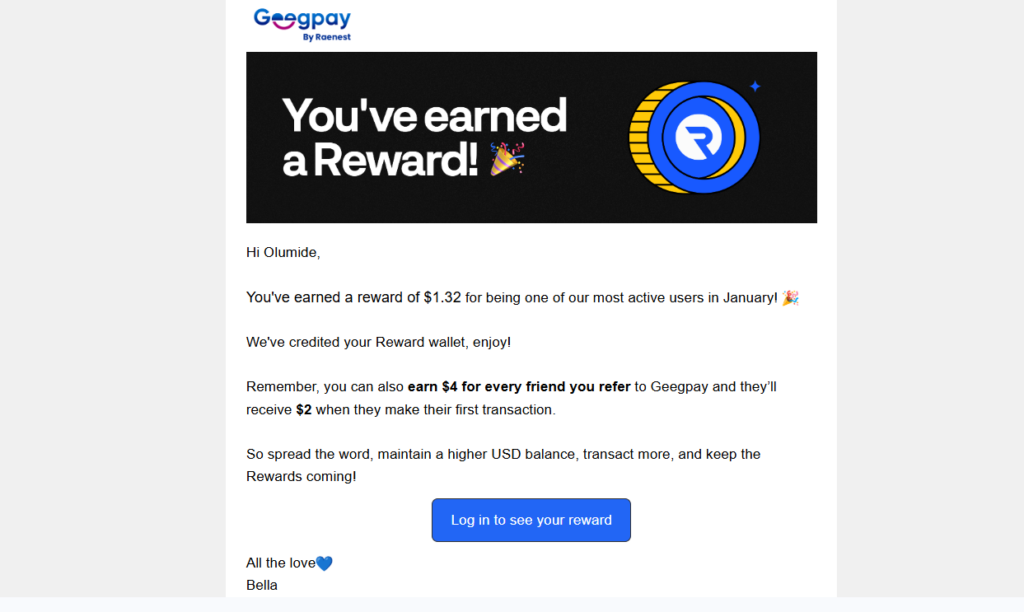
These programs are actionable steps a brand can take to encourage its customers. They can include discounts, exclusive offers, and points. How does it work, exactly?
- Customers earn points for purchases.
- Automated emails notify them when they reach new reward levels.
- Personalized recommendations help them redeem rewards.
Let’s use a ski resort as an example. The resort can track skiers’ performance and reward them based on the number of kilometers skied, motivating them to visit more often.
6. Win-Back Campaigns for Inactive Customers
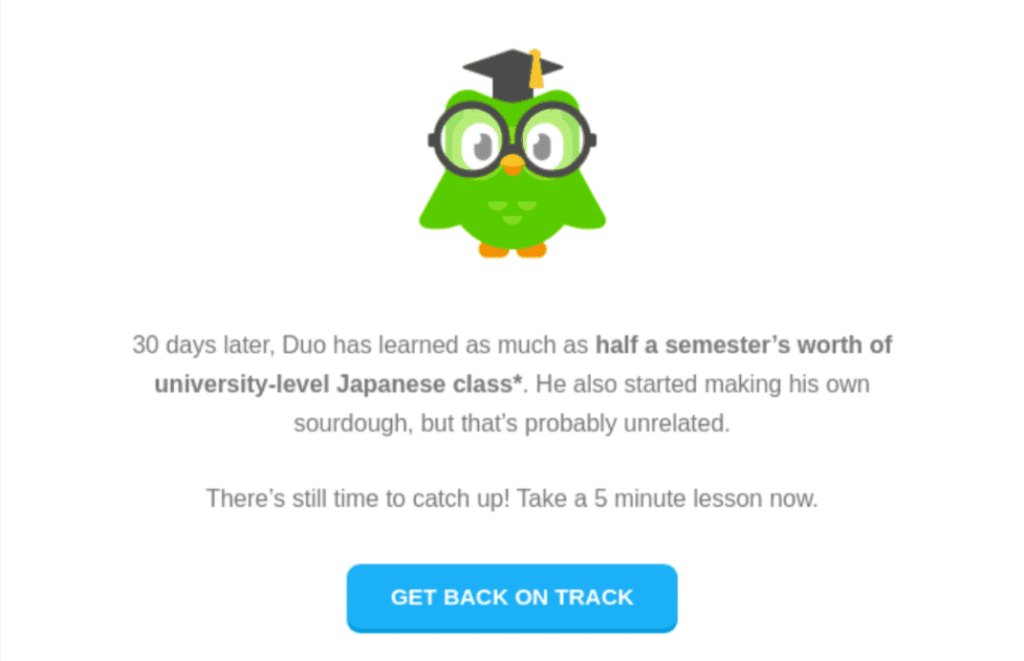
Just like Duolingo, include win-back campaigns to regain lost customers. The latter are already accustomed to the brand. Thus, they are easier to convince than new ones.
Here are some ideas:
- “We Miss You!” email with an exclusive offer.
- Customer survey asking why they stopped engaging.
- Personalized recommendations based on past purchases.
For example, a subscription box service sends personalized discount codes to inactive customers, bringing back 20% of lost subscribers.
7. Social Media Automation
Automating social media marketing is needed in our times. It saves time and improves consistency across platforms.
Here are 4 ways to automate social media marketing:
✔️ Schedule posts in advance
✔️ Set up auto-responses for FAQs
✔️ Use chatbots to engage users 24/7
✔️ Track social media analytics and engagement rates
For example, a global fashion brand can use AI-powered social media automation to schedule and optimize Instagram posts based on audience engagement trends.
How to Get Started with Marketing Automation
If you’re ready to implement these marketing automation examples, follow these simple steps:
- Choose the Right Automation Tool – Use platforms like HubSpot, Mailchimp, or ActiveCampaign.
- Segment Your Audience – Group customers by behavior, interests, and demographics.
- Create Trigger-Based Workflows – Set up automation based on actions (e.g., abandoned cart, birthday, etc.).
- Monitor & Optimize Performance – Track open rates, CTR, and conversions to improve results.
Frequently Asked Questions
Which Marketing Automation Is Best?
There are many good marketing automation tools, all of which contribute to a business’s marketing operations. Some of the top ones are ActiveCampaign, Omnisend, Marketo, and Hubspot.
Is Canva an Example of a Marketing Automation Tool?
Canva has some automation features, like Magic Resize and Brand Kit. Because its designs can be part of a brand’s marketing strategy, it can be considered a marketing automation tool.
What Is Automation in Marketing?
Automation in marketing is also known as marketing automation, and it refers to the use of software and technology to control repetitive marketing operations.
Final Thoughts: Automate & Elevate Your Marketing Strategy
Marketing automation isn’t just about saving time—it’s about delivering personalized, timely, and engaging experiences that drive real business results.
From automated welcome emails to AI-powered product recommendations, these 10 best marketing automation examples can help you increase conversions, improve customer engagement, and maximize revenue.
Now it’s your turn! Which automation strategy will you try first? Dumpling.Ai is your partner in this process, offering a no-code toolkit to aid you as you integrate automation into your marketing techniques. Take a step with us!
